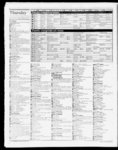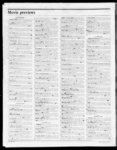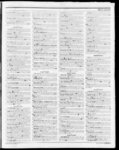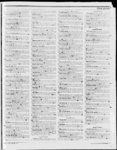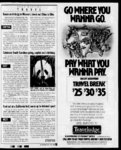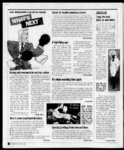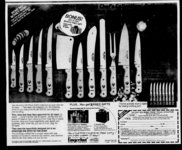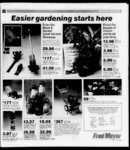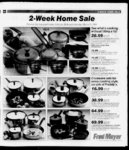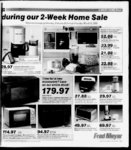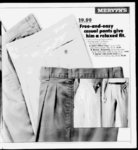Pages | 49 of 272
Ogden Standard-Examiner | 1989-02-26 | Page 49
| Type | issue |
| Date | 1989-02-26 |
| Paper | Ogden Standard-Examiner |
| Language | eng |
| City | Ogden |
| County | Weber |
| Rights | In Copyright (InC) |
| Rights Holder | The Ogden Newspapers, Wheeling, West Virginia |
| Publisher | Digitized by J. Willard Marriott Library, University of Utah |
| ARK | ark:/87278/s62c44qh |
| Reference URL | https://newspapers.lib.utah.edu/ark:/87278/s62c44qh |
Page Metadata
| Type | page |
| Date | 1989-02-26 |
| Paper | Ogden Standard-Examiner |
| Language | eng |
| City | Ogden |
| County | Weber |
| Page | 49 |
| Reference URL | https://newspapers.lib.utah.edu/ark:/87278/s62c44qh/27170194 |











































































































